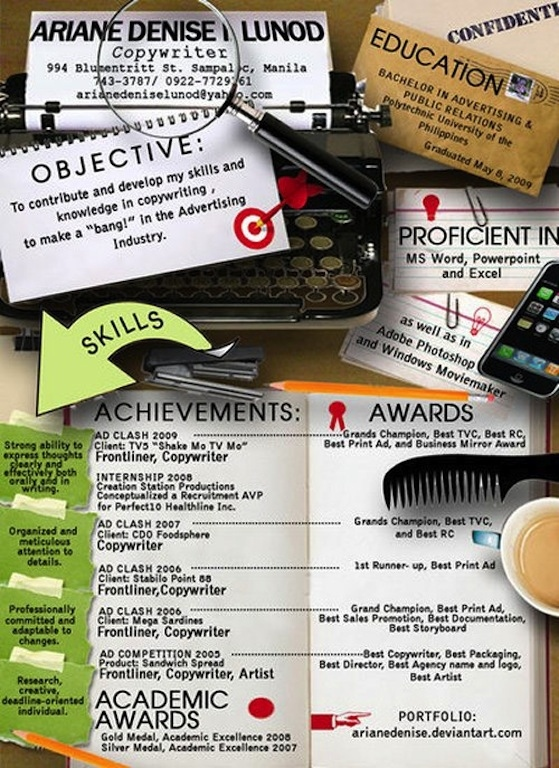- You never get a second chance to make a first impression.
- Most employers prefer the chronological CV eg.
Personal Details
Name, address, telephone numbers, preferred e-mail address, date of birth and nationality - I would argue DOB is not necessary.
Profile/IntroductionName, address, telephone numbers, preferred e-mail address, date of birth and nationality - I would argue DOB is not necessary.
This should be a few sentences or short paragraph describing your key skills and experience. Tailor it to the position applied for. Detail professional status and career development along with immediate ambitions. Keep it short and to the point.
Professional and Academic Qualifications
List most recent achievements first.
List most recent achievements first.
Employment History
List all previous employment in reverse chronological order. Start with details of current employment. Use bullet points to outline main responsibilities of the role. Account for any gaps in employment history.
List all previous employment in reverse chronological order. Start with details of current employment. Use bullet points to outline main responsibilities of the role. Account for any gaps in employment history.
Hobbies/Interests
Unless they specifically relate to skill requirements of the position applied for, it is worth considering omitting the rather dated tradition of listing personal interests.
Unless they specifically relate to skill requirements of the position applied for, it is worth considering omitting the rather dated tradition of listing personal interests.
Portfolios
Some applications may be supported by a portfolio of your work. State on your CV that a portfolio is available on request.
Some applications may be supported by a portfolio of your work. State on your CV that a portfolio is available on request.
References
It is not necessary to include details of referees at this stage. However, you may want to state that references are available on request.
It is not necessary to include details of referees at this stage. However, you may want to state that references are available on request.
- Do not hand write a CV.
- Use good quality white A4 paper to print CV
- Use clear typeface.
- Ensure layout is evenly spaced and easy to read, using subheadings
- Keep all information on CV concise and clear. Short simple sentences.
- Check spelling and grammatical error
- Keep CV up to date
With this in mind I looked at my original CV - which was this:
I then rewrote it as an artist. This CV went to the Museum in the Park when I handed in my professional proposal for my art residency. I condensed it into one A4 sheet which with hindsight meant the font was too small and it does look squashed.
Having redesigned my business card, I decided to incorporate this into my CV to make it look more unified. This first version doesn't include a full account of my employment history and emphasizes my art experience.
Then I redid it with a full account of my employment history. This version I will send out for work in the creative industries where writing is a skill employers are looking for, as well as illustration/art design














Thankyou for sharing such as informative blog. Keep it sharing.
ReplyDeletenew zealand cv
CV writing professionals nz
nice blog , thank you for sharing the information . click here to know more about resume writing services
ReplyDeleteThis blog is one of my favorites because of posts like this. Informative, clear, and full of value.
ReplyDeleteResume writing Dubai